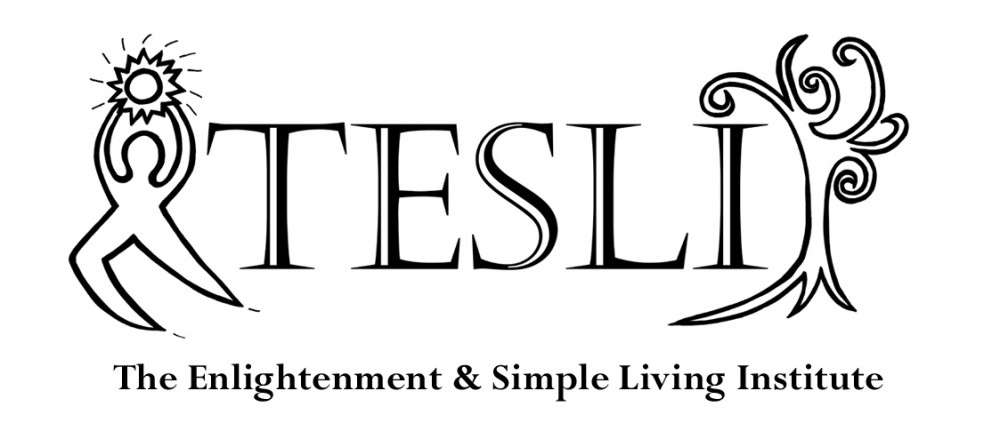A co-occurring disorder (formerly referred to as dual diagnosis) is when someone has a mental health disorder at the same time as a substance use disorder (e.g. alcoholism, drug addiction). For instance, a person that abuses alcohol and is also schizophrenic would be said to have a co-occurring disorder.
Mental disorders that can co-occur with substances use disorders include: major depression, bipolar disorder, schizophrenia and other psychotic disorders, eating disorders (although I personally would class those as a substance use disorder), general anxiety disorder, post-traumatic stress disorder, personality disorders, attention-deficit/hyperactivity disorder, and pathological gambling disorder.
Fifty to 75 percent of people in treatment for a substance use disorder also have a co-occurring mental health disorder. And 20 to 50 percent of people that are treated for a mental health disorder also have a substance use disorder. My favorite statistic is that 60 percent of people with three or more disorders (identified by survey) never received any treatment. Although, people with a co-occurring disorder are more likely to seek treatment than people with just one problem.
Coming from an alternative health perspective the idea of diagnosing and labeling people with disease names seems weird to me and somewhat funny. People do not have diseases, they have a set of problems or issues that are interconnected and need to be considered as a whole.
The big thing in mainstream medicine is how we need to consider all disorders that co-occur when treating a person. A step in the right direction, but it still seems bizarre to me that anyone would think about reducing a person to specific sets of symptoms so they can label and treat each condition separately. This reductionist approach is supported by the medical practitioners, drug companies and insurance companies that seem to feel it is necessary to have this system in order to communicate with each other.
I also imagine that this reductionist approach may be due to the limitation of humans to handle complexity. It is simpler to label a disease and match it with a treatment than to understand what is happening with a person and create a unique treatment to address it. We see this same reductionist approach applied by herbalists as well. Often times a beginner or Western herbalist will just use a treatment that matches a disease name, unless they have training in a system that uses a constitutional approach (e.g. traditional Chinese medicine, etc.)
REFERENCES
Center for Substance Abuse Treatment. Substance Abuse Treatment for Persons with Co-Occurring Disorders. (2013). Treatment Improvement Protocol (TIP) Series, No. 42 (DHHS Publication No. (SMA) 13-3992). Rockville, MD: Substance Abuse and Mental Health Services Administration (US).
